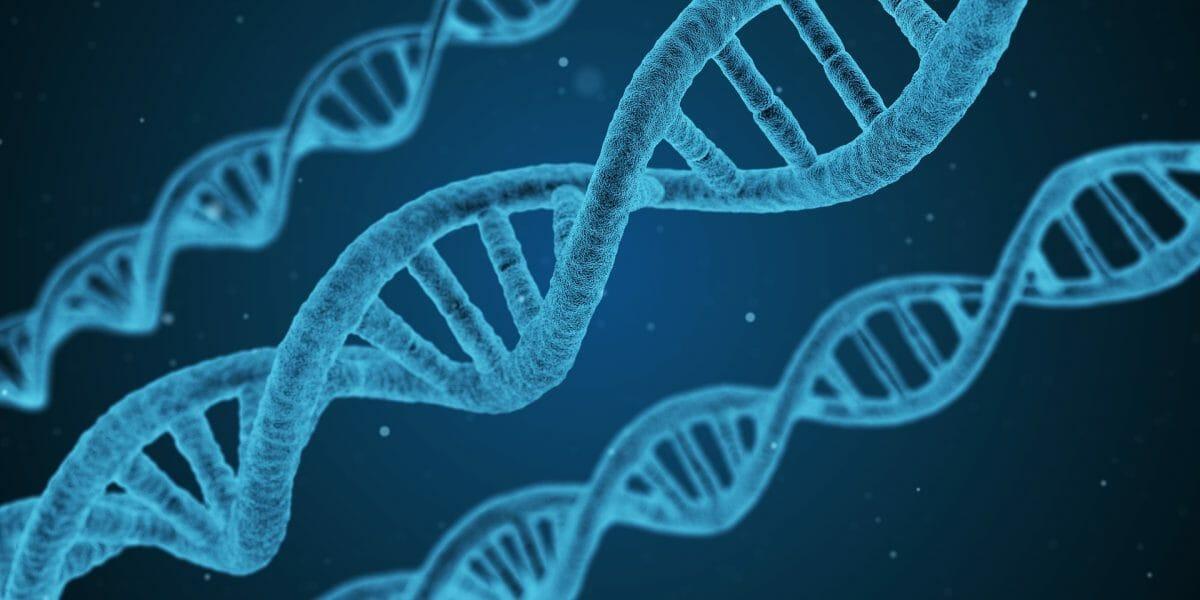Regenerative medicine has the potential to drastically improve patient care, helping individuals suffering from diseases or injuries that were previously untreatable. However, making this a reality requires advances in biomedical engineering and new technologies. In this blog post, we’ll explore some of the cutting-edge technologies used in regenerative medicine today and their impact on patient therapy and outcomes. Dr Sonny Rubin shares some of the ways these technologies are being used and the challenges they face.
How Regenerative Medicine Helps Patients With Chronic Conditions
Regenerative medicine is a promising field that offers hope to patients suffering from chronic conditions. Using cutting-edge technologies, regenerative medicine focuses on harnessing the body’s healing power to repair and regenerate damaged tissues. This innovative approach has the potential to revolutionize modern medicine, leading to better outcomes for patients with conditions like heart disease, diabetes, and osteoarthritis. As researchers continue to explore the possibilities of regenerative medicine, patients can look forward to a brighter future as they receive personalized treatments that target the root causes of their conditions rather than just managing symptoms.
Stem Cell Transplantation
Stem cell transplantation is a form of regenerative medicine that involves introducing stem cells into damaged tissue or organs to repair and regenerate them. This technique has been used to treat various conditions like cancer, blood disorders, and autoimmune diseases. Stem cell transplants are typically performed in a hospital setting and involve harvesting stem cells from the patient’s body or donated tissue. Once harvested, the stem cells are injected into the damaged tissue or organ, where they can help repair and regenerate it.
Exosomes
Exosomes are small vesicles produced by cells that contain essential proteins, DNA, and RNA. They can transfer genetic material from one cell to another, allowing for targeted delivery of therapeutic molecules. Researchers have found that exosomes are especially useful in regenerative medicine, as they can help repair damaged tissues and organs. Exosomal therapies have been used to treat various conditions, including cancer, heart disease, and Parkinson’s.
CRISPR-Cas9
CRISPR-Cas9 is a revolutionary gene-editing technique that enables scientists to edit genes quickly and accurately. It uses an enzyme called Cas9 to locate and cut certain pieces of DNA while keeping the genetic material intact. This technique has been used to treat various diseases, including cancer and Huntington’s. CRISPR-Cas9 is also being explored as a potential tool for regenerative medicine, as it could introduce therapeutic genes into damaged tissues or organs to help repair them.
Organoid Technology
Organoid technology is an emerging field that uses stem cells to create miniature, three-dimensional organs. These organoids can be used to study the development and function of different organs in a laboratory setting. Organoid technology has the potential to revolutionize regenerative medicine, as researchers are now able to create functional replacement organs using patient-derived stem cells. This could treat various conditions, including liver disease and kidney failure.
The Future Of Regenerative Medicine
These are just a few technologies being explored in regenerative medicine today. As researchers progress, we can look forward to more effective treatments for chronic conditions and improved patient outcomes. The possibilities of regenerative medicine are endless, and the potential to revolutionize modern medicine is exciting. With continued research and innovation, we can look forward to a future where patients with chronic conditions can live longer and healthier lives.
The Challenges Of Regenerative Medicine
Although regenerative medicine has the potential to revolutionize modern healthcare, many challenges are still associated with it. For one, these therapies can be prohibitively expensive for many patients. As with any new technology, there is a risk of unknown side effects and complications. Finally, even though regenerative medicine has come a long way in recent years, much more research is needed to make these treatments more widely available and accessible.
Final Thoughts
Dr Sonny Rubin knows regenerative medicine has the potential to revolutionize healthcare and provide effective treatments for chronic conditions. However, challenges such as cost, safety concerns, and lack of access still need to be addressed before realizing its full potential. With continued research and innovation, we can look forward to a future regenerative medicine that is commonplace and accessible to all.


